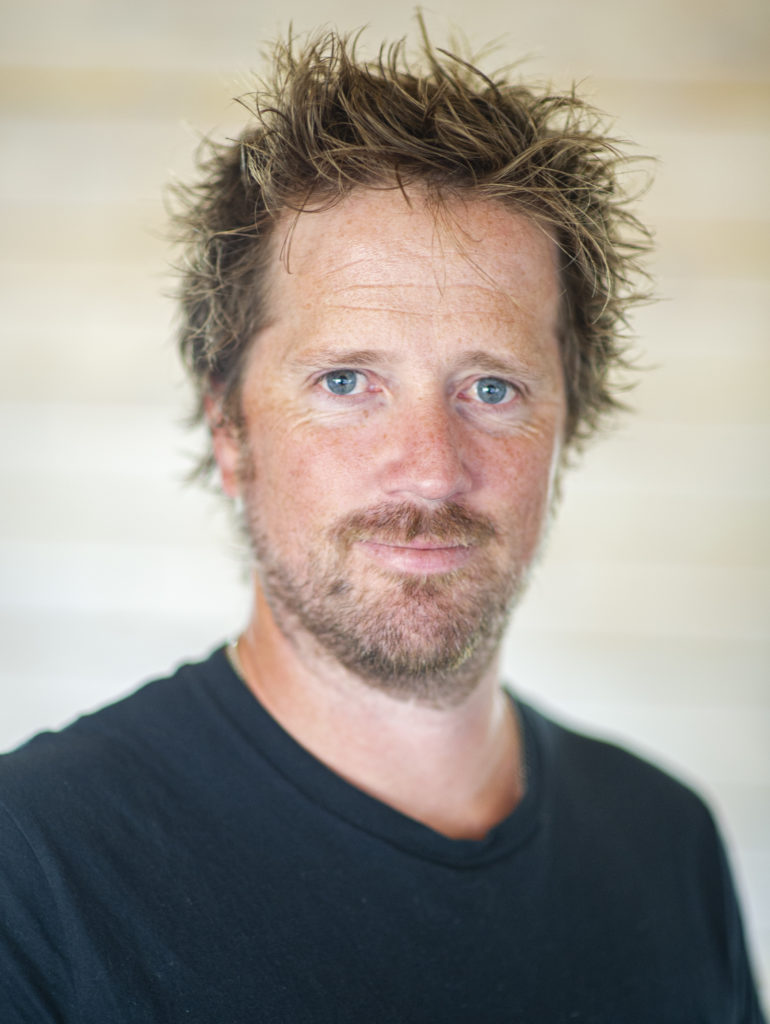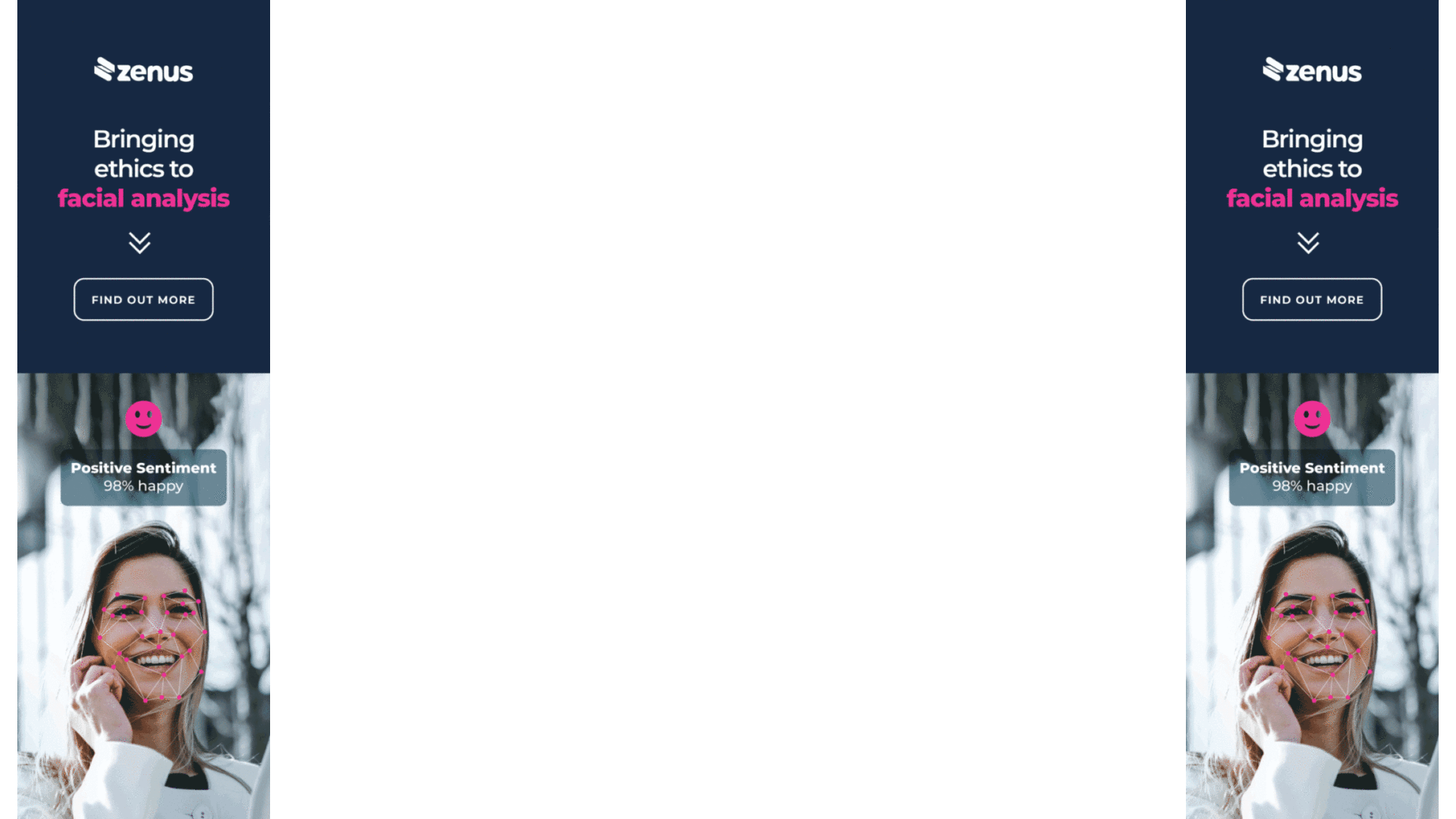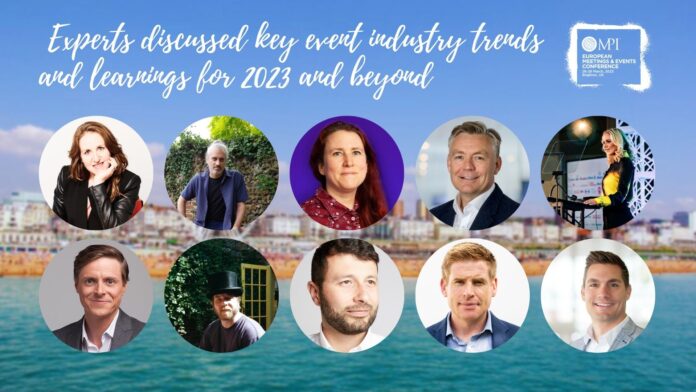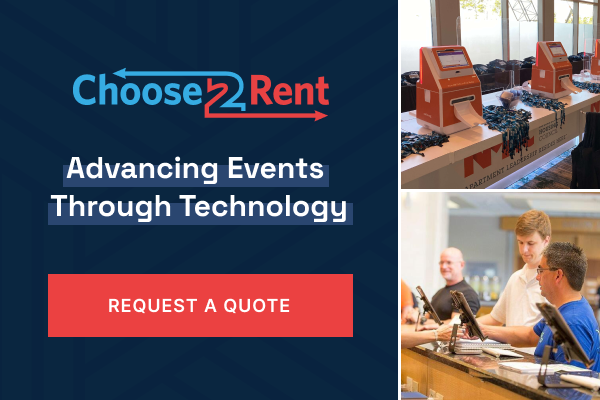
Earlier this week, Waves Connects founder Matt Coyne attended MPI’s EMEC conference in Brighton on behalf of Event Industry News to hear what industry experts had to say about industry growth, change, audience understanding, sustainability, data, and technology.
We’re no longer in recovery, we’re in growth.
That was a defining message of conversation at the recent MPI EMEC conference held in Brighton this March where many experts shared their experiences, vision, and creativity about the future of the meetings and events industry.
The message was clear: we have come out of recovery mode and are now in a period of growth.
There is no denying it, the events industry has experienced an incredible amount of change over the last few years. Our industry has been transformed by technology, data, and innovative new concepts that are helping to shape a whole new way of doing business.
We have embraced virtual experiences, blended formats, and exciting hybrid possibilities that can bring people together from anywhere in the world.
But being “back” doesn’t enable us to focus on our future, as Kim Myhre, chair of the Monday plenary session puts it “Our industry is undergoing a period of change. We can let those changes happen by accident or we can design a better future and better opportunities for our future.”
And that very much set the theme for the event days ahead as speakers, panellists, and workshops were facilitated to discuss topics such as developing a purpose-driven strategy, the power of people, sustainable event design, and creating experiences that both engage and inspire.
Change is happening
As Carina Bauer, CEO of IMEX states “The fundamental of an event is the same. People have come for thousands of years to marketplaces to do business. That’s not going to change. What has changed is how people expect their experiences to be like, or how they interact with your event, year-round.”
She continues “When attendees are making decisions on attending, they are now looking more at a decision on time spent, as opposed to straight dollar costs – they need to have an experience whilst understanding more clearly, how they control their time whilst at the event.”
Kim goes on to say “58% of the workforce left the industry through the pandemic. The average age has dropped, there are 2.5 million subscribers to the metaverse, for example. Our next generation is well versed at experiences online – we need to be ready.”
Miguel Neves, the editor at Skift, commented “we shouldn’t just go back to what we did before. We need to utilise technologies to accelerate change and create better experiences. We need to understand how we are going to do things better and it’s not just the youth that will help facilitate this change.”
“Diversity is not just the younger generation coming through. People across cultures are hungry for change today.”
How to facilitate change
It’s all very well sharing inspiring narratives and talking about the potential but between the panels, presentations, and workshops, speakers and facilitators went into depth about how we can start facilitating this change that we so desperately seek to offer insights and takeaways that businesses could implement to make a change in their business, today.
Gabrielle Austen-Brown, founder of the Diversity Alliance discussed the possibilities for inclusion and reiterated that “just because you have an online version of your event, it does not make you accessible,” but to make this change “start small. Keep it simple.”
Whilst the industry hasn’t quite made the impact on DEI initiatives that one might hope, “in reality, we’re not that far ahead from where we were 10 years ago,” so how do we make this change in our organisations?
When you build a house, you don’t turn up with every single strip of wood, plasterboard, cement, screws, nuts, bolts, hammer, and saw from day one. You start with the foundations and then you build your way up from there. Gabrielle commented “You can’t change your entire diversity and inclusion policy overnight and get everything right. Whilst it’s great to aspire to do this, people would appreciate a transparent plan. Be authentic about what you are doing today, what your plan is for tomorrow, and how they can reach out to you to make an event more accessible for audiences.”
Gabrielle continued “If you’re worried about the cost of change, dive into your budget. Are there historic areas that you’ve always spent on but don’t see any return from? Turn that spend into diversity and inclusion initiatives and you’ll see a return in audience participation and satisfaction.”
James Taylor, Co-Founder of The Ethical Futurists that closed the event, reshared the British Cycling story and how it broke into the mainstream by making marginal gains and how businesses focusing on small, manageable change, can make the greatest impact.
“How can you increase every part of your event business by 1%?”
“Perhaps it’s sustainability, inclusion, customer service, or onsite experiences. Whatever it is you choose to focus on, when you start to make marginal gains across all these areas, the exponential effect is powerful. If you can increase the performance of 100 areas of your business by just 1%, you’ve increased the performance of your entire business by 100%.”
Understanding Audiences
Crucial to real change or real growth, is understanding the audiences that you are targeting. What do they need? What do they want? Do you understand your attendee’s pains?
Marketing teams across the world spend inordinate amounts of time, money, and resources on market research to ensure that they understand the audience’s needs. They analyze customers, understand their pains, where they play, and what they’re interested in. Do we do this enough at our events, to ensure they are engaging for the audiences we invite?
The various panels discussed how too often in our industry, we fall short of really understanding what audiences are looking for when it comes to experiences at events.
It’s time to get back to basics, not just focus on “if we build it, they will come” mentalities. That doesn’t work anymore.
Chloe Richardson, VP Senior Corporate Relations at Explori and Managing Director of Event Leaders Exchange (ELX), discussed how corporate event business teams are competing even more than pre-pandemic with justifying and qualifying the need to attend exhibitions vs say digital marketing or virtual event initiatives. Fundamental to their having successful experiences is the question “do the attendees have the propensity to purchase from us when we cross paths?”
Surveying audiences can provide invaluable insights into attendees’ motivations for attending an event, and “not just focusing on NPS – that’s not relevant to everyone. Do audiences feel it’s beneficial enough to attend? Is the event enjoyable? Is the content relevant enough?” And somewhat crucially “Did I meet my objectives?”
All questions that organizers should be able to answer about their attendees, enabling them to be more open, and more transparent and ultimately build more trust and deliver greater experiences for their audiences.
Do we really understand data?
Dax Callner, strategy director at Smyle says “When we think about how we use data, start with desire. All of your planning can be informed by your desire.” Understanding your data outputs such as “performance, audience resonance, impact and value data like equity inclusion, happiness and trust” will be the key to creating successful events.
Carina reminded us that data “should be an important part of our decision-making when it comes to events. This, combined with human insight and real conversations with our audiences, will propel events forward. Data must give us intelligence but not take the place of our ability to make an informed decision or judgment.”
Dax continues “When you have to share an idea, a new feature, or experience for your event with say your management team if you don’t have customer feedback, you have no validation. So ask your customers, use their quotes in your proof points, test your idea, refine it, and make sure you are getting to that destination. Validation is key.”
And that’s, just it – understand your audiences, give them a reason to come, and then make sure you’re capturing the right data so that you can continually improve their experience. It doesn’t have to be complicated or expensive! Start simple; start small and focus on your end goal where you can start to build and deliver experiences that exceed expectations.
The Green Change
Hot on the lips of many sessions and workshops were event sustainability.
It’s hard to understand where we are really when it comes to sustainability. Whilst removing carpets pays lip service and is a visual representation of “being more sustainable” it’s not even scratching the surface of what we could be doing.
Alison Burns, Co-Founder of The Ethical Futurists asked the question “How many barrels of oil do you think a three-day event of 1,000 people would typically burn?” It’s a good question… “a whopping 449 barrels of oil for a single event”
“That’s a lot of oil. So you can see unless we start generating ideas, and making real impactful changes to how we do things, we’ll be stuck in this downward cycle towards climate catastrophe.”
As Mathys Taekema, International Business Development Manager at RAI Amsterdam commented “we have to remember the majority of event venues around the world are old. They weren’t built for modern sustainability initiatives.”
“Design-based or industrial events, for example, may benefit from the ‘unfinished’ look of no carpet, it doesn’t work for all events or congresses. Partnerships are important to make a change – it’s not a one-sided thing.”
Whilst some events may focus on the aesthetic of carpet, others want to improve their food sourcing and recycling and benefit from venues like the Rai and their partnerships with charities such as the Salvation Army where any “leftover food from our kitchens are distributed to the local community.”
“Some organizers have an individual or team with the sole focus being turning their events to ‘100% carbon neutral initiatives’ which presents a challenge for venues, but means by working together, they can “make more steps ready for the future, something Rai Amsterdam is incredibly passionate about protecting.”
Allison continues to push the comfort level within the room with her next comment about food.
“One-quarter of global greenhouse gas emissions come from food and in particular, the meat and dairy industries and its percentage are double that of aviation”, so perhaps it is more important to think about the food we eat, as opposed to where it comes from or how we get to an event.
“We all know that food is an incredibly important part of putting on an event, but by taking meat, fish, and dairy off the menu, we’ll be taking immediate action to instantly reduce our carbon footprint. With that fairly simple act, we are building more sustainable events.”
EventTech is the enabler
The debate around the role of technology and its relevance to event organizers is a consistent one.
As event organizers seek to revolutionize their businesses, the role of technology in events is becoming increasingly crucial to drive change.
Though it may have been viewed as optional in the past, event tech solutions are now seen as a necessity, “driving change in industries through networking, buyer meetings, and more,” says Abigail Cannons, senior product marketing manager at Grip.
Jamie Vaughan, VP of European Sales at Cvent said of the event “I love the fact that there are public panel discussions around event technology more now, than four or five years ago. With Covid coming along and digital transformation being imposed on many of us, we’ve come back to a world of physical first, so digital transformation must remain front of mind and a discussion topic.”
“There is no question that one of the prominent factors we get asked about from our client base is how can we engage, continually and improve community conversations.”
“The greatest change in event technology,” says Jamie “is its ability to extend engagement. We now have the power and capability to lengthen the period of an event.”
Speaking with Richard O’Connor, CEO of B2B Marketing and founder of the Propolis community, he commented “like every other organizer, we were hit hard in the pandemic.” Not wanting to use the word pivot, Richard and the team realized they had an opportunity to build a community for their audience. “And events are a key part of connecting our audience. Members engage year-round in thought leadership, debate, discussion, and input to reports for example, which give a great reason to engage face to face at our events.”
“Our research indicates communities are the future of year-round event engagement, but everyone will be doing it slightly differently,” commented Tanya Pinchuk, of Expoplatform, host of the session specifically around communities. The discussion was forthcoming with both Richard and Carina sharing their own experiences and interpretations of how they’re building community-led engagement, today.
MPI EMEC Brighton
The conversations were inspiring and the learning opportunities were plentiful at the MPI European Meeting and Events Conference (EMEC) in Brighton, England.
The message was crystal clear – let us not get complacent. Embrace and evolve the new normal if we want to make events truly sustainable, inclusive, and relevant to future audiences.
Foster collaboration and innovation, as well as embrace digital transformation to thrive.











